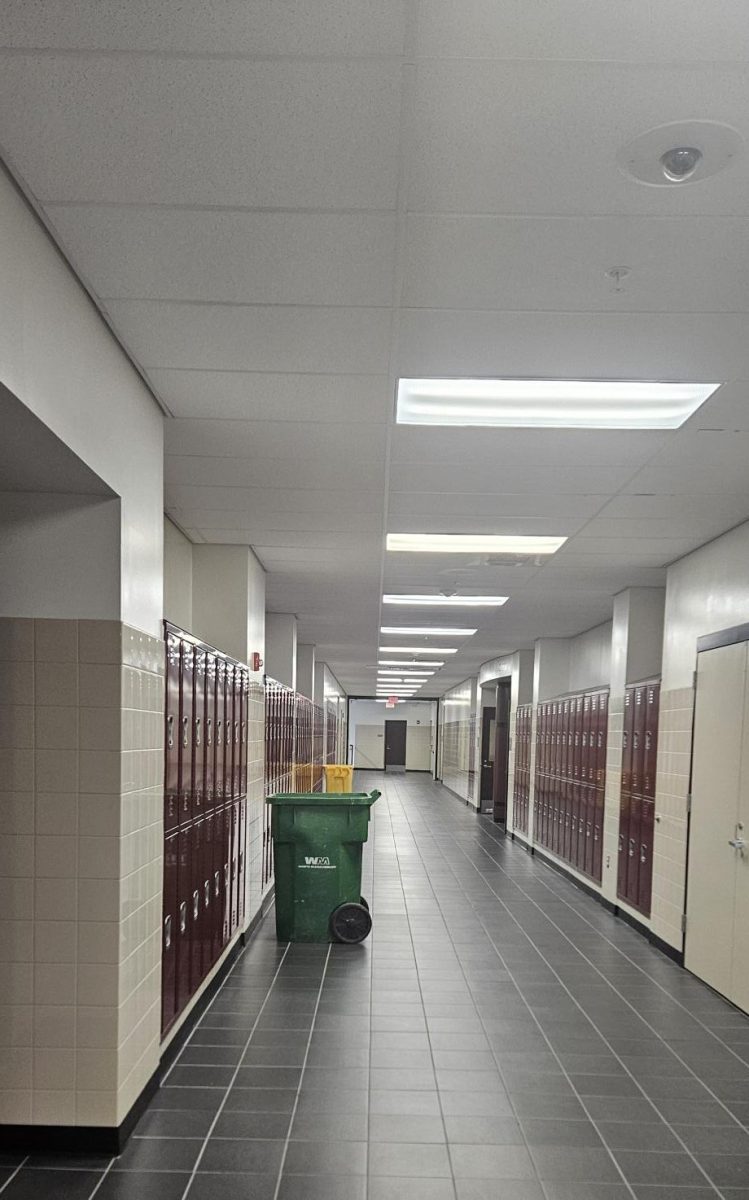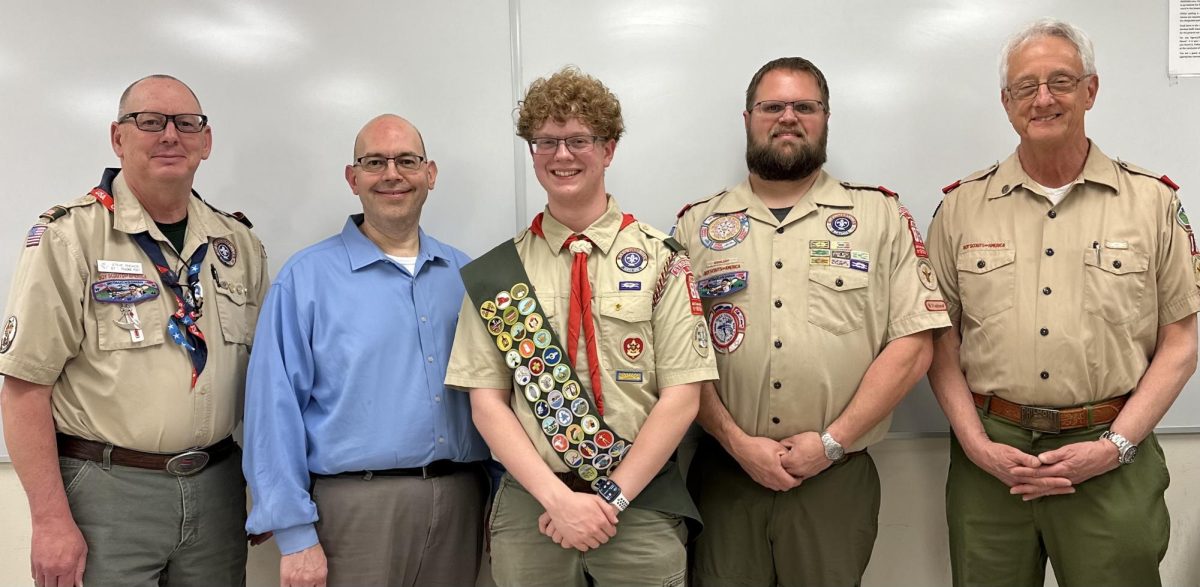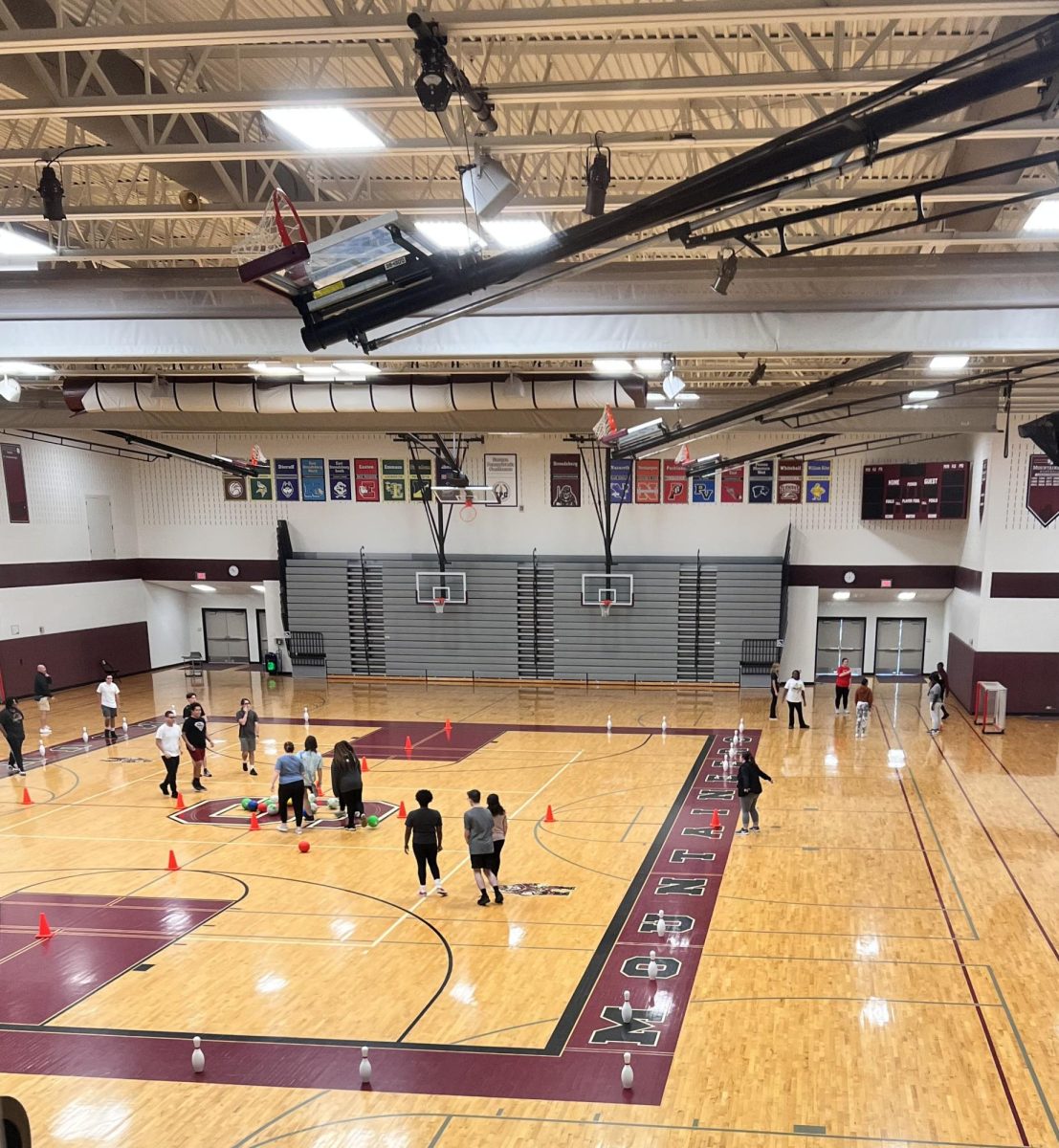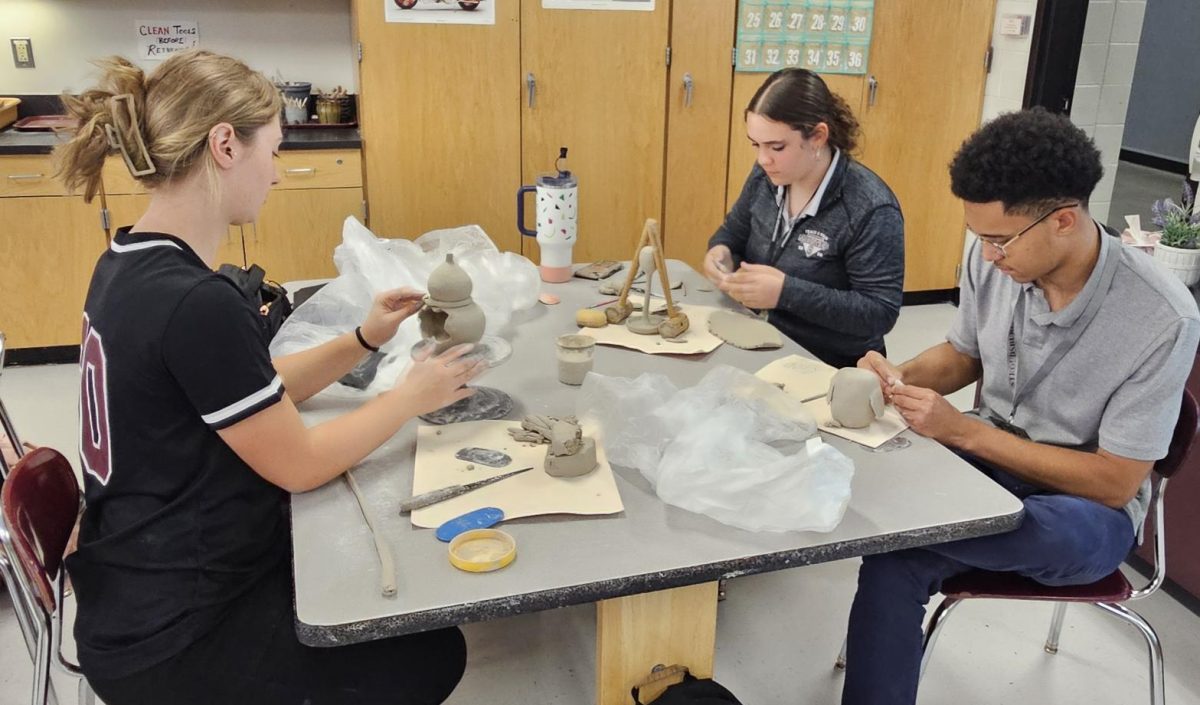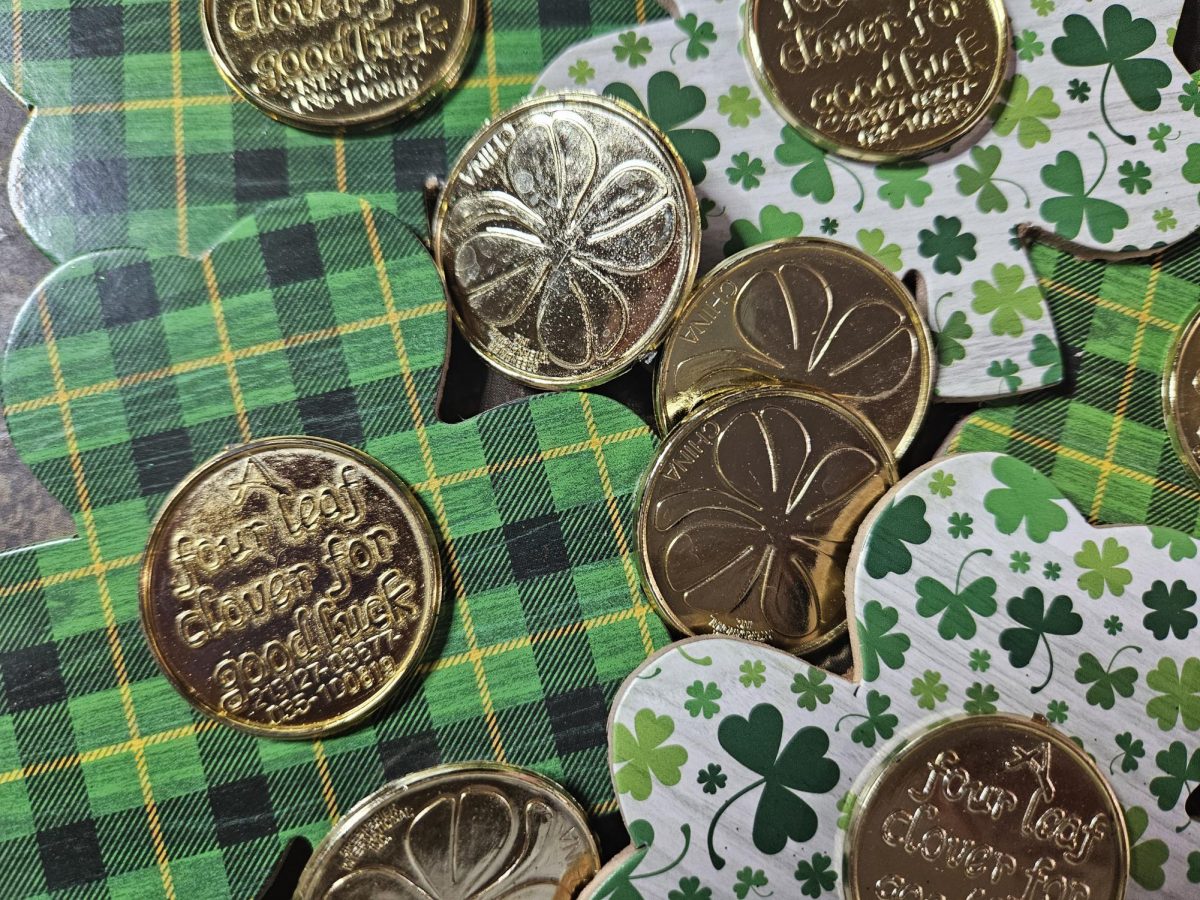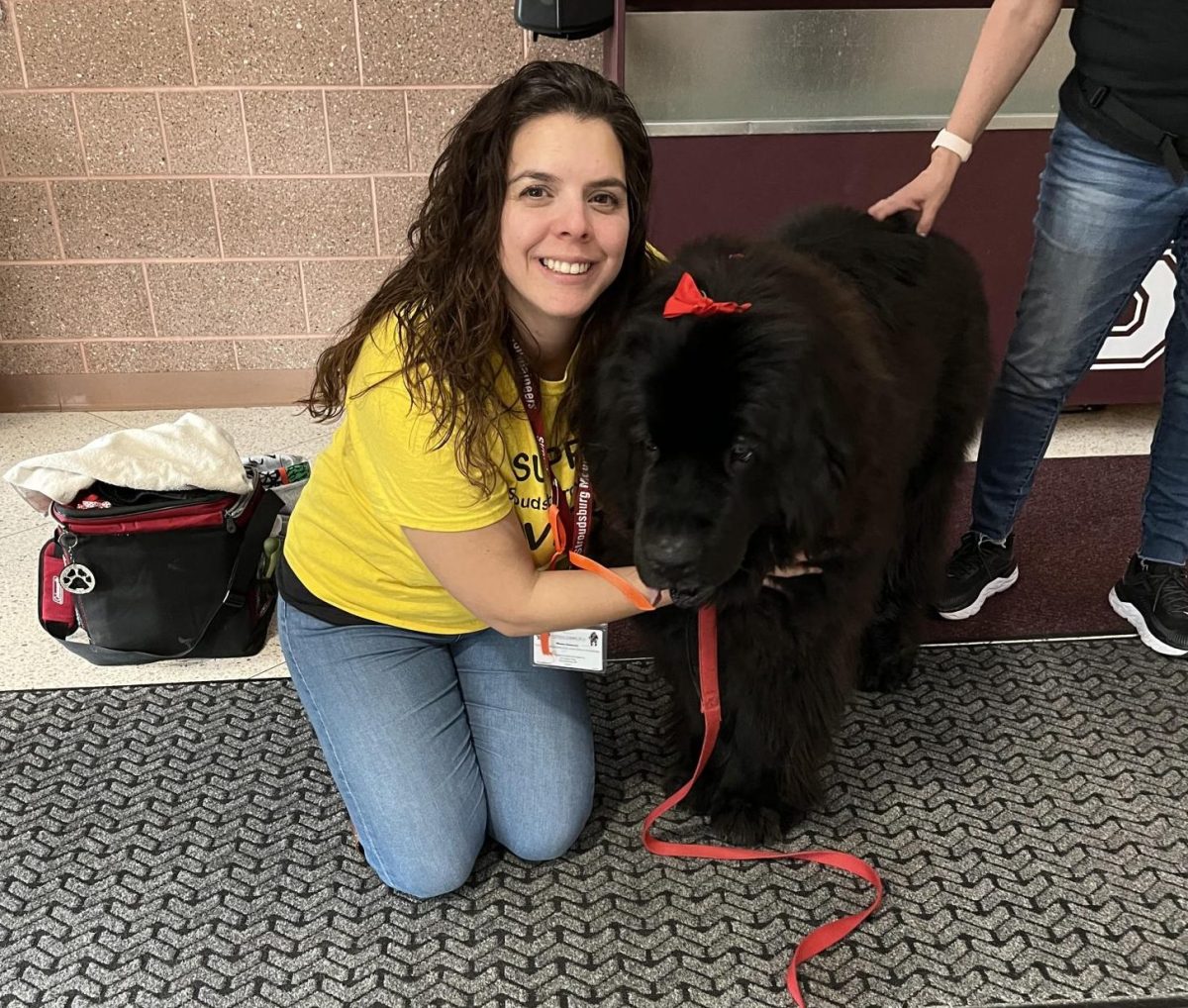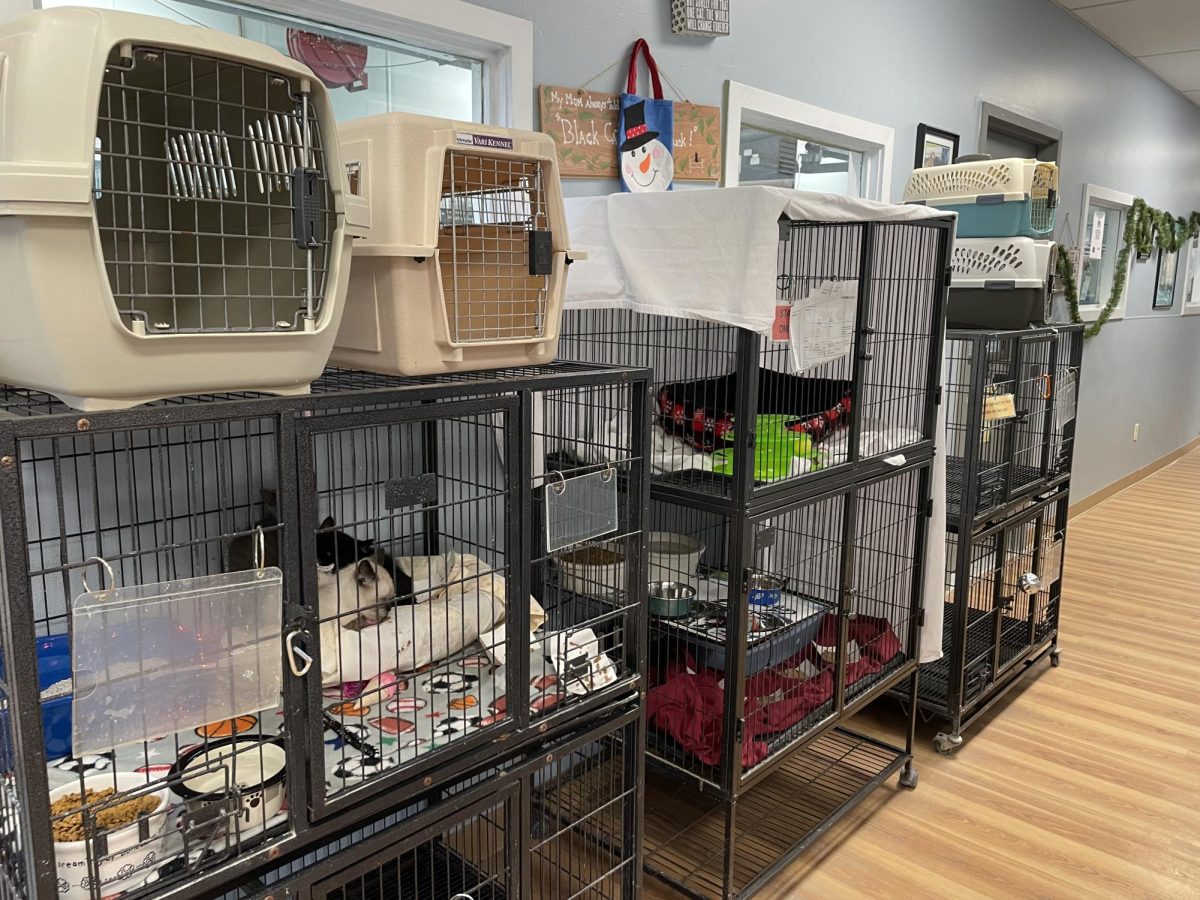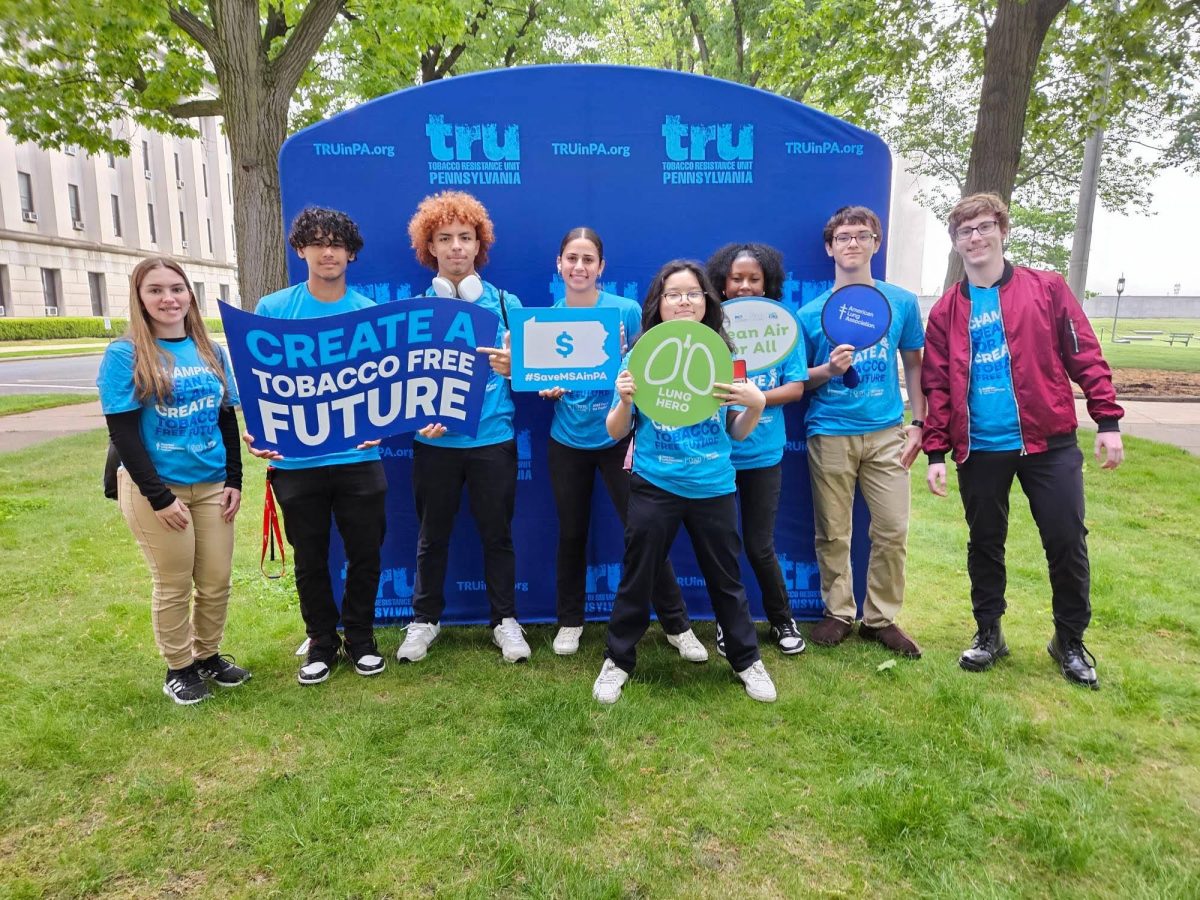According to the World Animal Foundation, an average of 6.3 million pets enter U.S. shelters each year. With only 3,943 animal shelters in the U.S., animals are put into cramped and uncomfortable spaces for months at a time.
While shelters are extremely beneficial for the unhoused animal populations, they are only a temporary solution.
With only 4.1 million pets adopted per year, shelter numbers are extremely high and difficult to manage financially and physically.
Another issue that animals face is being euthanized, or put down. According to The American Society for the Prevention of Cruelty to Animals, if people don’t think an animal will be adopted in their first 72 hours in a shelter, they have a risk of being put to sleep if space is limited.
This risk is higher for certain pets, especially if their demographic of pets is often stereotyped or unwanted. Information from Face4Pets states that the pets that remain in shelters the longest are pit bulls, black cats, and elderly cats and dogs. While shelters can pay extra care and attention to these breeds, there’s only so much they can do to encourage adoption.
Additionally, many animals are bred through inhumane practices.
The Helping Hands Humane Society says, “Throughout the country, thousands of commercial pet-breeding facilities and backyard breeders produce millions of animals for sale in pet stores and through newspaper ads.”
The website states that puppy and kitten mills repeatedly impregnate female dogs and cats that spend their entire lives in cages without human care or support.
These unfortunate circumstances ruin animal’s lives, due to intolerable environments and being forced to produce litter upon litter for years. Once these animals are “run dry”, they are put down or discarded. Some of these issues can’t be changed, but there are solutions.
So, how can you help? Adopting from a shelter is the most beneficial option.
According to the Helping Hands Humane Society, “Adopting from a shelter helps weaken the pet overpopulation cycle. Each year 8 to 12 million dogs, cats, puppies, and kittens are euthanized because there are simply not enough homes for them.”
Not only does this reduce shelter populations, but, in addition, pet owners receive a lifetime of resources and information from shelter employees and volunteers. These animals often cost less to adopt as well, saving owners money.
Adopting older pets can help give back to shelters and the community at the same time.
The care and training these animals receive throughout their shelter lives make having a pet easier – skipping the “kitten phase” or “puppy phase”. As an added bonus, these pets have already been vaccinated, cleaned, neutered, and prepared for a life with human companions. This creates an easier transition for both animals and owners.
People looking to adopt should look for local shelters near them because it benefits their community. If you live in the Poconos, consider looking for your new pet at AWSOM, Animal Welfare Society of Monroe. Taking strays to the vet to be neutered helps to control animal populations if people won’t or aren’t able to adopt them.
In a study researching cat populations, The Proceedings of the National Academy of Sciences stated “When free-roaming in natural areas near human dwellings, it might pose a risk to humans, impair sanitation, and suffer from poor welfare. Cats’ popularity as companion animals complicates their population control. Thus, culling is often replaced by a fertility control method called “trap–neuter–return/release” (TNR), considered more humane.”
A study Alley Cat conducted found that “TNR stabilizes colonies and causes population decline over time. All six spayed or neutered colonies decreased in population during the first two years of study, with an average decrease of 36%, and continued to decline.”
This technique is extremely effective and versatile for both cats and dogs. The National Library of Medicine‘s website includes the details of a study on neutered dogs and how they reacted. It found that “The findings, although preliminary, suggest that the protocol could be a useful tool for the assessment of dog welfare.”
Another way to provide aid to shelters is to volunteer.
Volunteering Solutions states, “Animals in shelters and rescues rely on volunteers for everything from walking and exercising to socializing and grooming. Without volunteers, many of these animals would go without the basic care they need.”
Volunteering at a local shelter allows people to provide help in busy shelters and give back to animal populations in their communities. By reaching out and getting involved, you can touch the hearts of shelter workers and animals alike.
If you’re considering adopting, don’t make the decision lightly. If you feel you’re prepared, consider choosing a shelter and giving back to your community. Get adopting!





